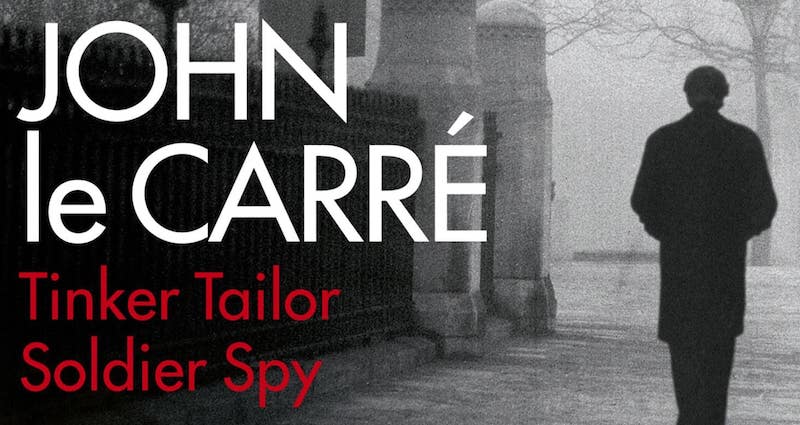(Minor thematic spoilers) This engagingly written story is told in a characteristic way and holds great writing lessons for us. Instead of being overly analytic as I tend to be and making short notes under a gazillion headings, I will focus on one aspect of the writing that I found impressive: the fluid use of perspective and time via mini frame stories.
In my edition there is a note by le Carre that he planned and wrote the first version to be a linear story, all happening at the present time, then abandoned it for a few years. When he came back to it, he couldn’t get it to work because the events that happened in the past were a vital part of the story. He burned the manuscript in the garden (so he says) and started afresh. We’ve all been there, I think.
I quite like his solution, which fits seamlessly and plausibly with the plot and the character of the protagonist: mini frame stories, told in the first person by a myriad of characters, disguised as interviews/interrogations.
George Smiley does some research, or some thinking and then off he goes to find and meet with a ghost from the past – some poor spy who’s been pushed out into the cold. They spill their guts to Smiley, telling an extremely engaging story in first person, with Smiley sometimes interrupting, just to keep us mildly oriented in space and time. The use of first person is very powerful here.
In one case, George Smiley interrogates himself: he confides what he thinks was a mistake to a close colleague, and it works the same way as all the other interrogations. In fact, it works a bit better, because 1) It’s about Smiley and we are dying to know more about him and 2) His listener/confessor stands in for us with his questions and indeed his final reaction to the story which covers for our disappointment and turns it around, which I thought was rather clever: give us a story which seems to go nowhere (at least for now – it becomes crucially important later) and then deflect our negative emotions by having the listener in the story have the same emotion as us.
The only dent to the whole thing, small scratch really, is that it seems unlikely to me that people who have moved on from their original jobs as spies would have such a photographic memory of past events. Or perhaps that is how spies are. The end is a bit drawn out though it explores Smiley’s feelings about the traitor. There are one or two bits towards the end where there is too much description and I found myself skimming.
Another thing that I felt did not strengthen the story so much was the proliferation of close third person viewpoints. In some cases, getting snapshots of what other characters see is necessary: this is after all a spy novel and we do expect some action here and there, such as someone following and spying on someone else, and perhaps le Carre was getting tired of everything being Smiley interrogating someone, but the switches confused me a few times.
